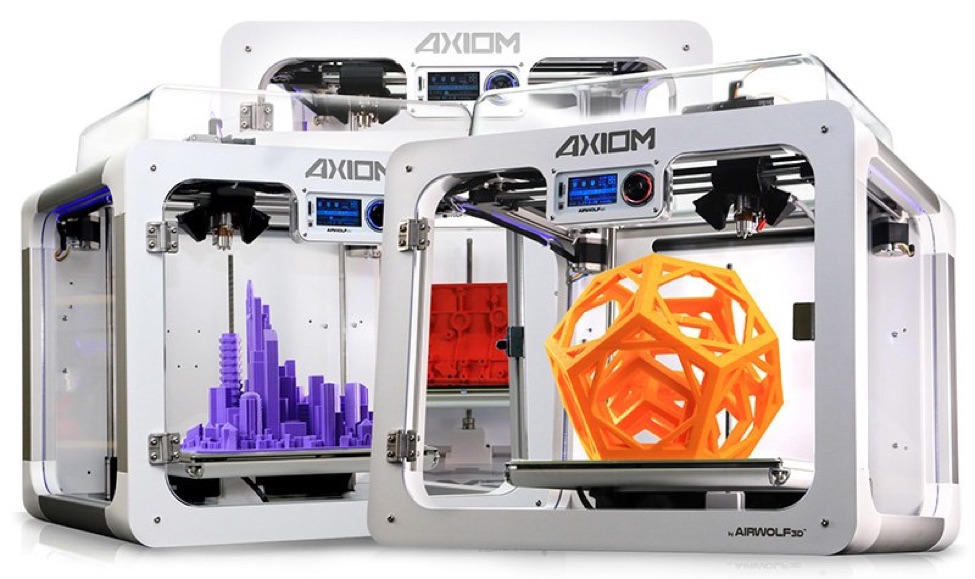The Future of Prototyping
Pivot International | September 27, 2018
The expansion and widespread adoption of 3D printing technology are making prototyping increasingly accessible and affordable. It enables legacy enterprises and agile startups alike to create, test, perfect and market their products. In turn, this is affecting changes in how businesses operate and compete in economies of scale.
The boom in 3D printing has led to three major trends.
1. Increasing market differentiation
Companies for which 3D printing is central to their business model have been around for nearly 30 years. These legacy enterprises have sophisticated understandings of the economic minutia of use-cases, cost-benefit analyses, and break-even points of 3D technology. They are the “power users” who continue to dominate the industrial manufacturing market.
But relatively fresh on the 3D printing scene are the “new adopters:” agile startups using 3D printing to augment their core value proposition by integrating it into their larger workflow and operations. This small but mighty segment is growing rapidly, leading to a proliferation of “homegrown,” novel applications of 3D printing and to the creation of niche markets.
2. Greater availability of low-risk, high-reward prototyping
Before the widespread availability of 3D printing, it could be prohibitively expensive (if not impossible) for an individual or small business to prototype a product on their own. This could often lead to a high-risk, low-reward scenario where the considerable upfront investment required to produce a prototype didn’t pay off. But today, affordable 3D printers have reversed this situation, allowing even the smallest businesses to experiment with and market-test new designs.
And because an incredibly broad array of 3D printing materials is now available, including plastic, glass, wood, concrete, metal, carbon fiber and more, unprecedented levels of customization are now possible, further fueling competitive advantage and leveling the playing field for businesses of all kinds and sizes.
3. Innovations in mid-level fidelity prototyping
3D printing technology has contributed to the development of “live prototyping” as an emerging best practice for agile organizations. Live prototyping is an innovative approach that is bridging the gap between rapid prototyping and piloting. By definition, rapid prototyping is a low fidelity approach that is designed to answer the question of how a particular problem can be solved. It focuses on generating ideas and testing rudimentary assumptions in very “rough” ways. (Through sketches, wireframes, Play-Doh models and so on.)
Piloting, on the other hand, is a high fidelity approach that is designed to answer the question of whether it makes economic sense to scale. In other words, pilots function to test and confirm economic viability. Pilot prototypes often look and function nearly identical to the actual products they are designed to market-test. They are the most “polished” of prototypes and the most expensive to produce.
Live prototyping, which takes its name from the “live” field-testing it makes possible, leverages many of the advantages of both low fidelity and high fidelity prototyping approaches. Like rapid prototyping, live prototyping is “rough” enough to keep costs down and operations agile, but like piloting, it is polished enough to allow for contextualized market-testing. (“Contextualized” here refers to the way that live prototyping enables a business to better determine how consumers will actually behave toward a product in “real life” rather than relying on potentially misleading consumer surveys and focus groups to glean this information.)
These three trends are changing the ways businesses operate and compete in economies of scale. With the widespread adoption of 3D printing still in its early stages, this disruptive technology still holds immense untapped potential. What the future of 3D printing holds is the cause for much speculation, but if the last ten years are any indication, we can expect to see trends that will most likely defy our current imaginations.



